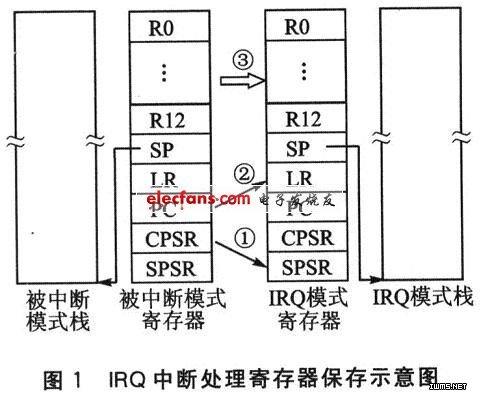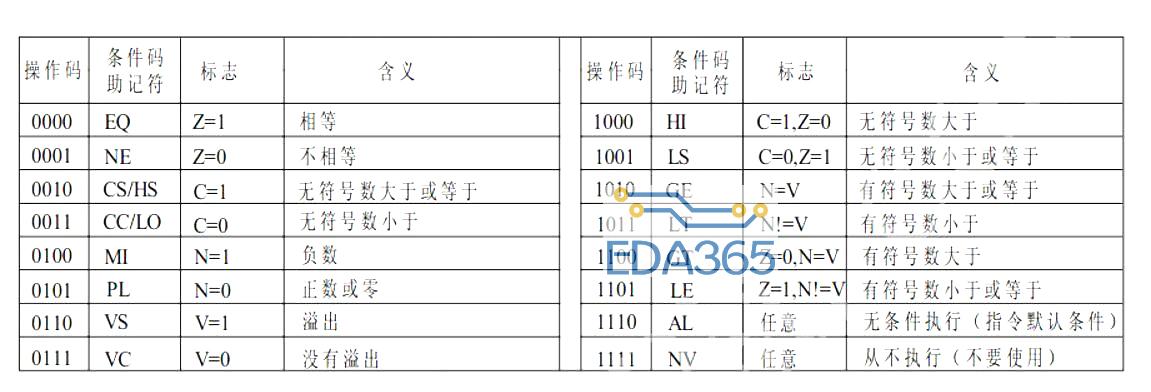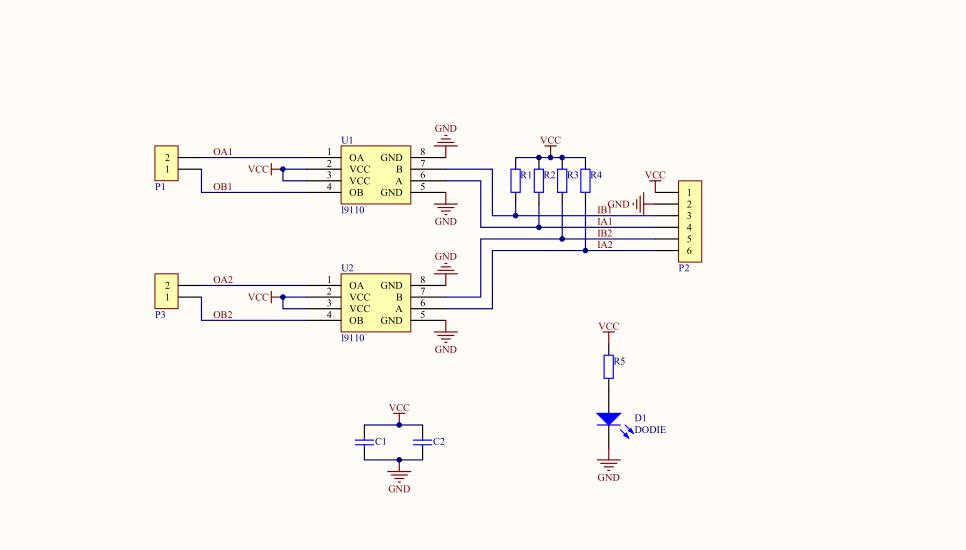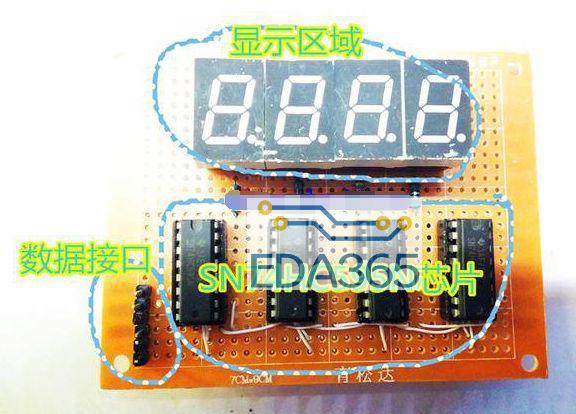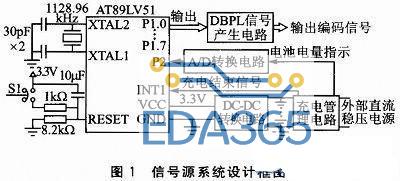1、 新建工程,然后选择芯片型号。
选定芯片后添加启动文件.s文件。
2、 将文件添加组进行分类:
其中包含ASM组、USR组、FWlib组合CMSYS组。
l ASM组为.s启动文件;
l USR组为用户程序文件组,一般至少需要有main.c,如需要使用中断,将stm32fxxx_it.c也放在该组中;
l FWlib组为ST公司提供的官方库文件,如下图所示,
将SRC中的.c文件进行有选择的选入,只选择需要的,免得编译过程太费时,inc文件夹中文.h头文件,可在Target Options中设置包含头文件的路径,将在Target Options设置中具体说明。SRC资源如下所示。
CMSYS组由系统内核文件以及芯片系列应用组成,一下分别为1系列和2系列的CM组CMSYS。
System_stm32fxxx.c主要为系统时钟的定义,如果用到外部时钟,需要进行外部时钟的初始化和配置。
3、 根据芯片类型配置相应文件。
stm32fxxx.h文件的配置:
对于f1系列,需要进行芯片类型选择,如下图所示,
并且将
中的#define USE_STDPERIPH_DRIVER注释去掉,
,如果不去掉注释,也可以在Target Options中的C/C++中定义,如下图所示。
对于f2系列则无芯片类型选择,后面的去掉注释同f1系列。
4、 Target Options设置。
选外部晶振,并勾选Use MicroLIB
如果需要输出Hex,则勾选生成hex文件选项,一般选上为好。
Define:
如果定义USE_STDPERIPH_DRIVER,就可以使用"stm32f2xx_conf.h"头文件,该头文件中是用来使能所有需要用到的外设功能。"stm32f2xx_conf.h"包含了如下头文件的定义。
/* Includes ------------------------------------------------------------------*/
/* Uncomment the line below to enable peripheral header file inclusion */
/* #include "stm32f2xx_adc.h" */
/* #include "stm32f2xx_can.h" */
/* #include "stm32f2xx_crc.h" */
/* #include "stm32f2xx_cryp.h" */
/* #include "stm32f2xx_dac.h" */
/* #include "stm32f2xx_dbgmcu.h" */
/* #include "stm32f2xx_dcmi.h" */
/* #include "stm32f2xx_dma.h" */
/* #include "stm32f2xx_exti.h" */
/* #include "stm32f2xx_flash.h" */
/* #include "stm32f2xx_fsmc.h" */
/* #include "stm32f2xx_hash.h" */
#include "stm32f2xx_gpio.h"
/* #include "stm32f2xx_i2c.h" */
/* #include "stm32f2xx_iwdg.h" */
/* #include "stm32f2xx_pwr.h" */
#include "stm32f2xx_rcc.h"
/* #include "stm32f2xx_rng.h" */
/* #include "stm32f2xx_rtc.h" */
/* #include "stm32f2xx_sdio.h" */
/* #include "stm32f2xx_spi.h" */
/* #include "stm32f2xx_syscfg.h" */
/* #include "stm32f2xx_tim.h" */
#include "stm32f2xx_usart.h"
/* #include "stm32f2xx_wwdg.h" */
/* #include "misc.h" *//* High level functions for NVIC and SysTick (add-on to CMSIS functions)*/
Include Paths:
在Include Paths设置头文件的路径,务必设置正确,否则可能无法找到头文件进行正常的编译。
勾选ELF,这样不需要用到的程序就不会编译。
使用选定芯片的存储器空间,因为你开始已定义芯片类型,会自动映射正确的存储空间。如不勾选,则务必确保存储空间设置正确。
根据具体要求来选择,如果用J-Link,则如下图选择J-Link,如使用ULINK等其他设备进行下载,则进行相应的修改。并且别忘了勾选Run to main()。
选定J-link后点击Settings进行设置。
只要连接上J-link,在Debug下便会出现类似于下面的信息,前提是你装了J-link的驱动。
在Flash Download中单击Add添加处理器的Flash大小,根据具体型号选择。模式里面可以选择清空整个芯片或者只清空段,或者不清除,一般选择清除段。
选择下载器类型。
由以上步骤,工程建立的设置工作已经结束,可以进行程序的编译和下载工作。
『本文转载自网络,版权归原作者所有,如有侵权请联系删除』
 热门文章
更多
热门文章
更多

